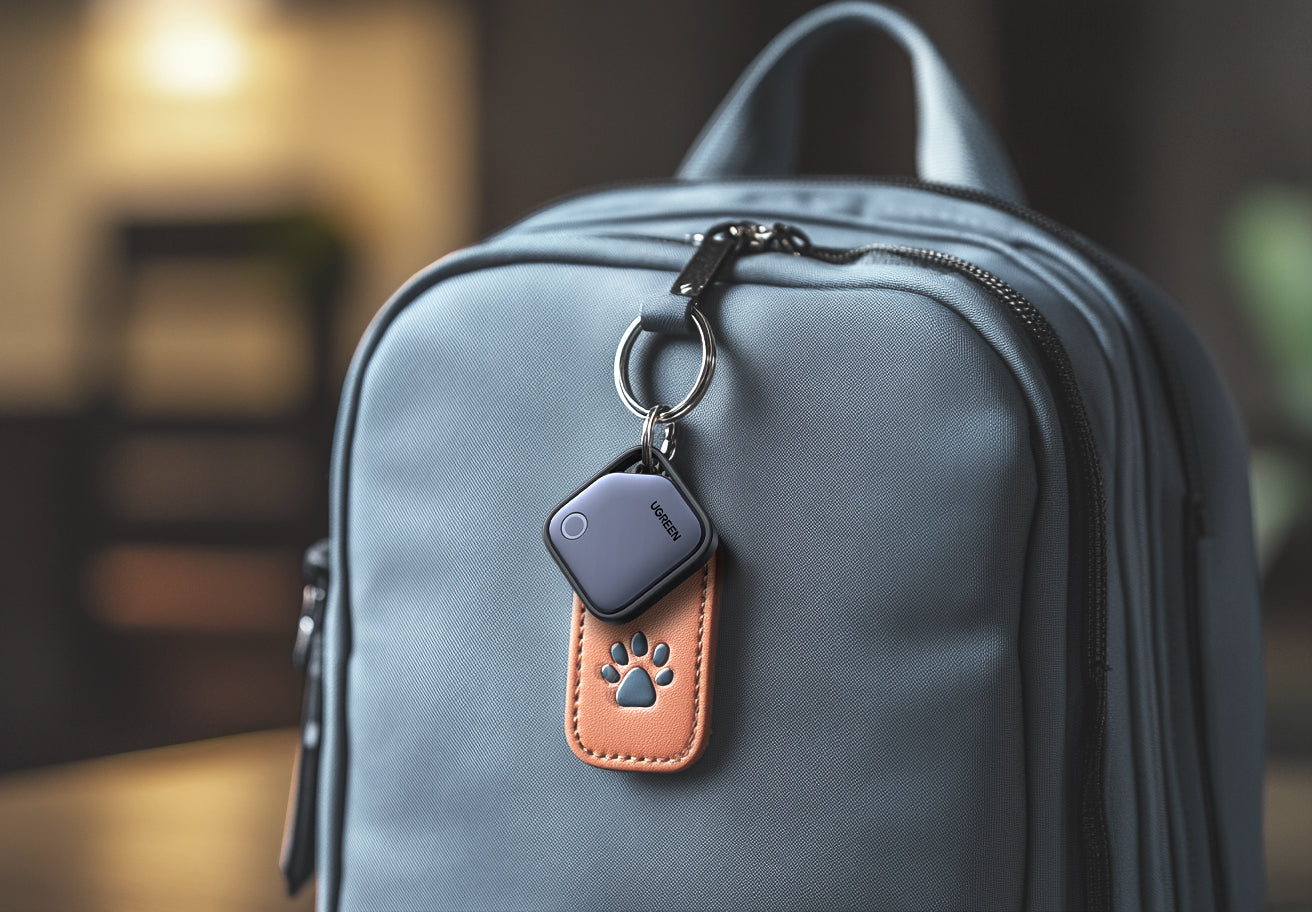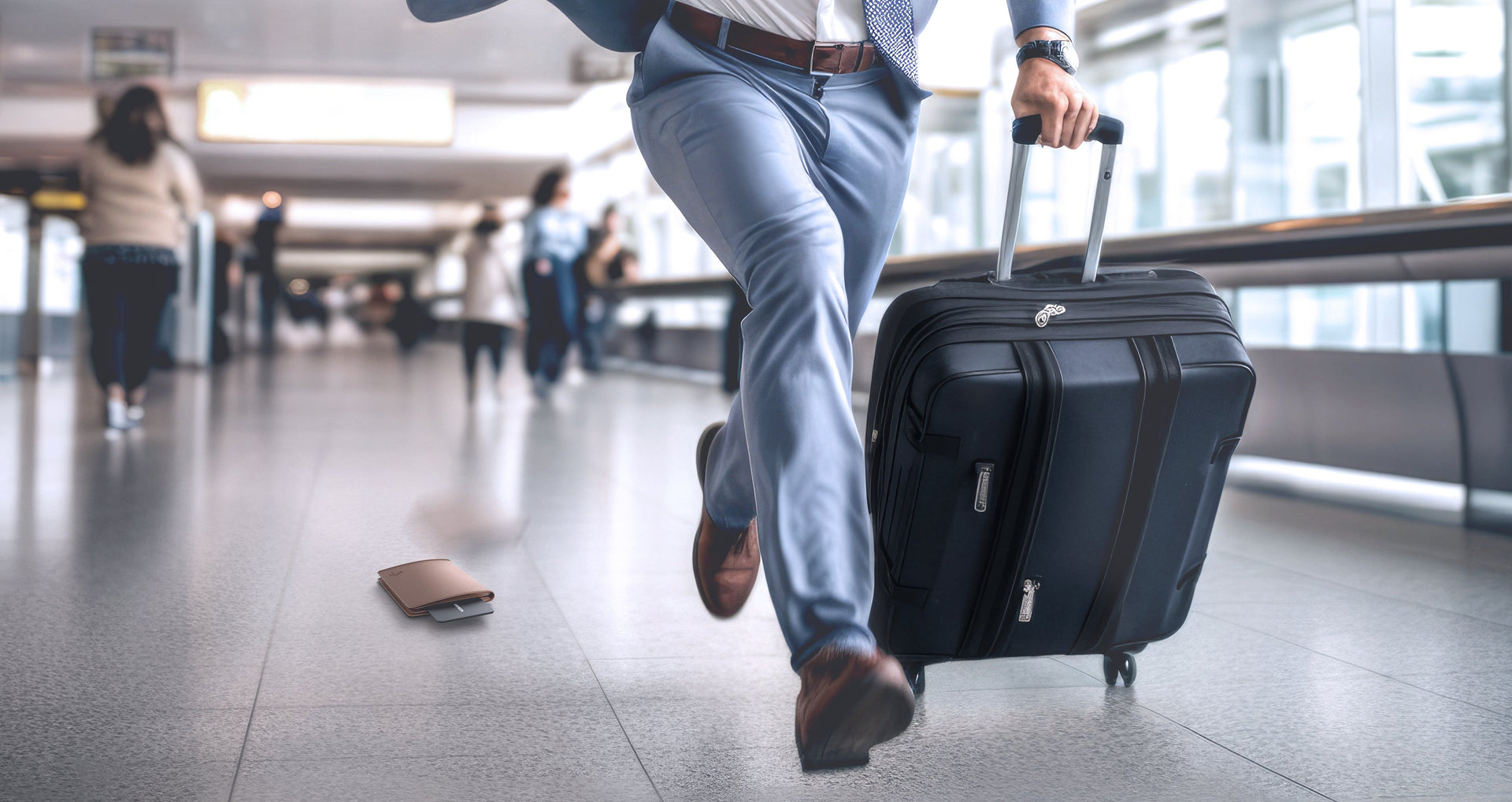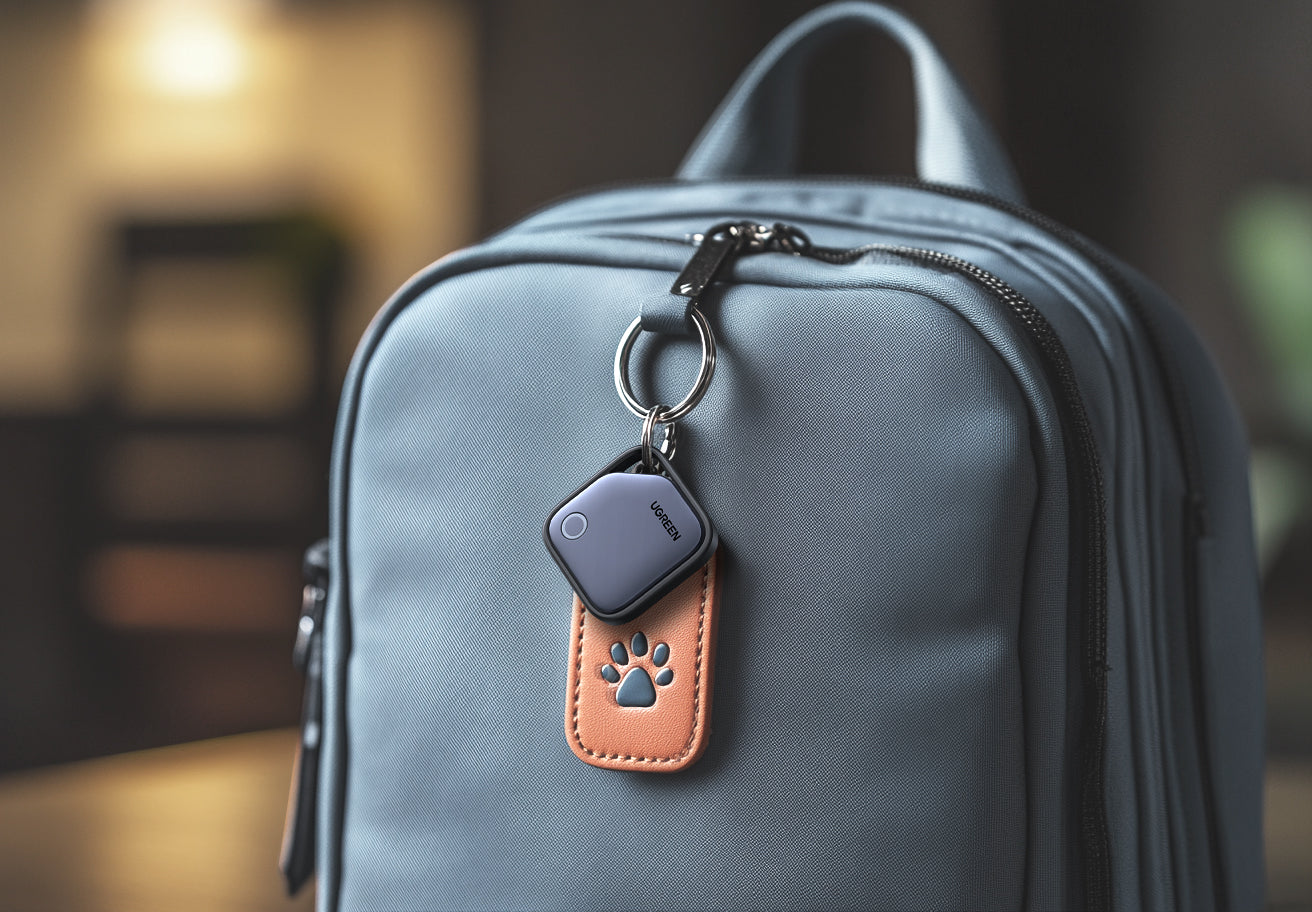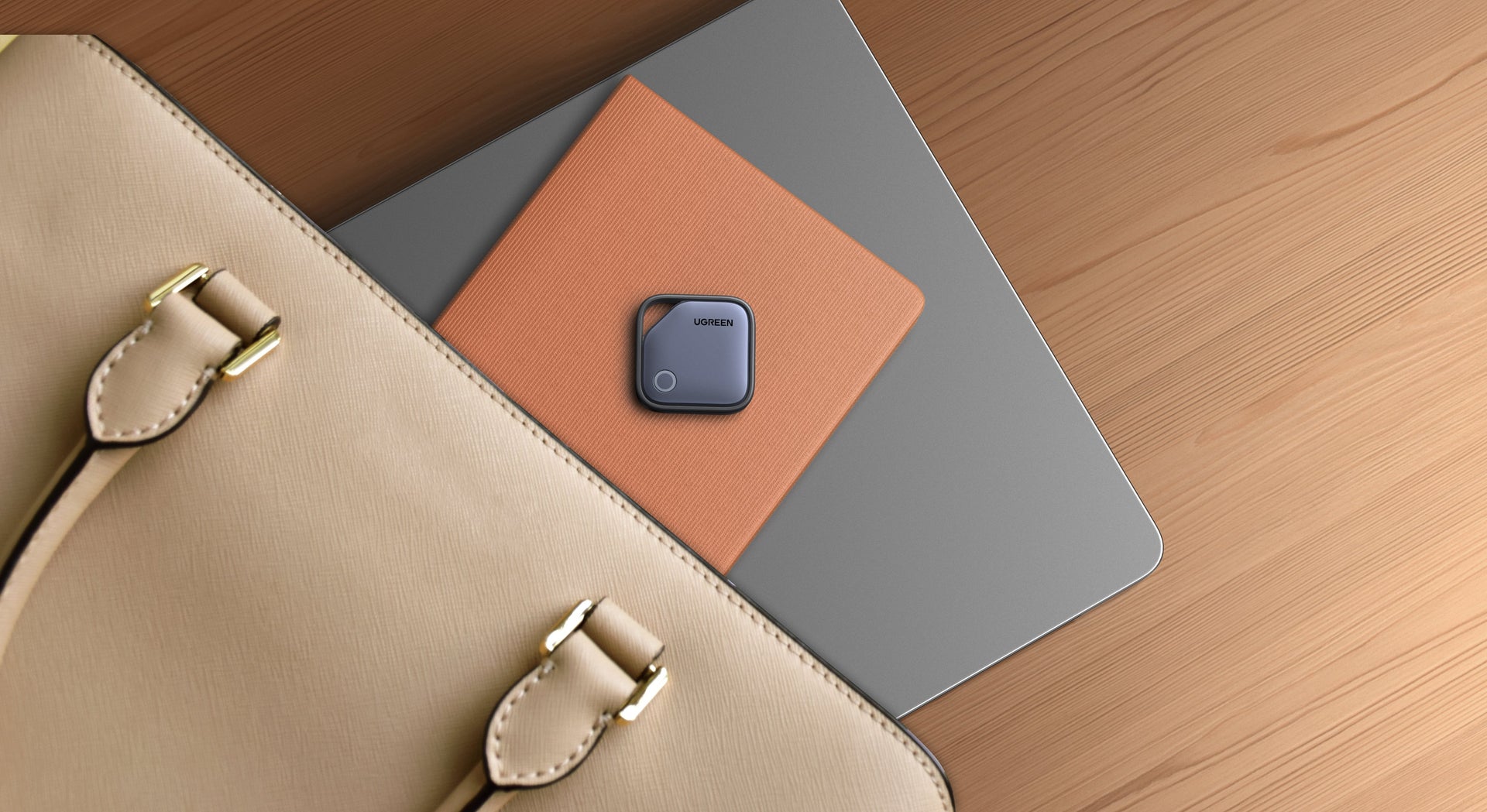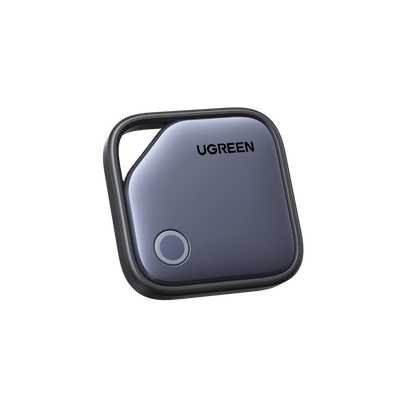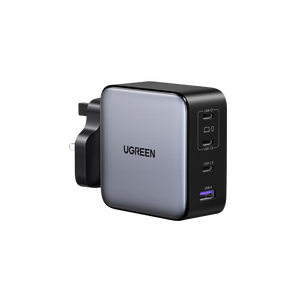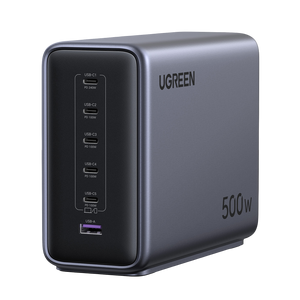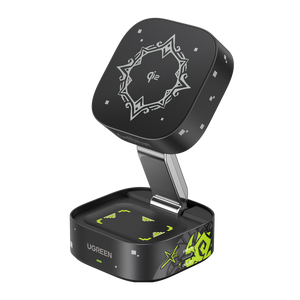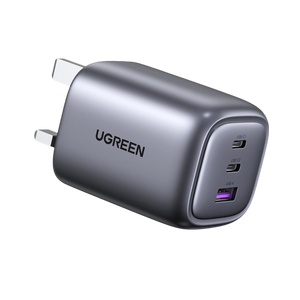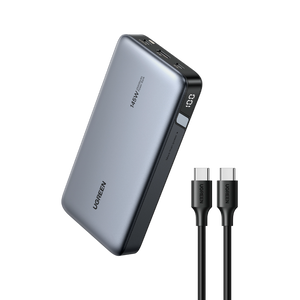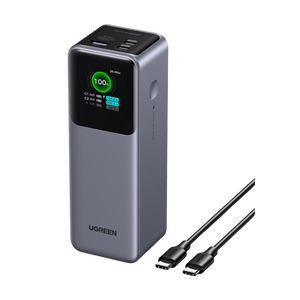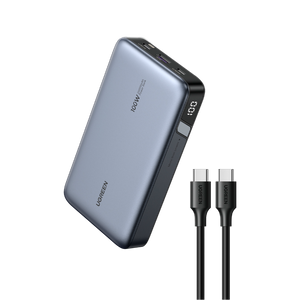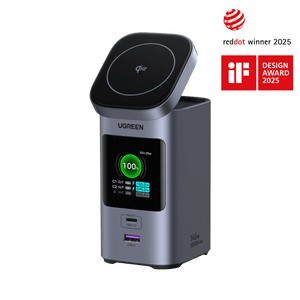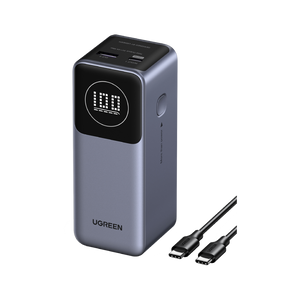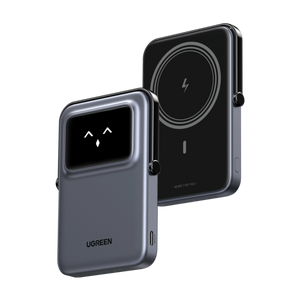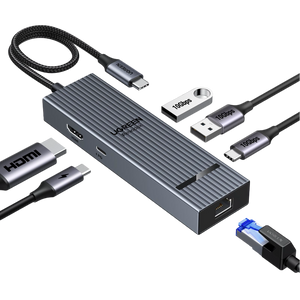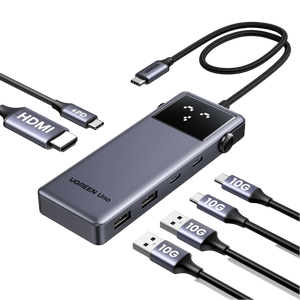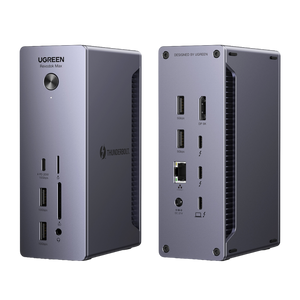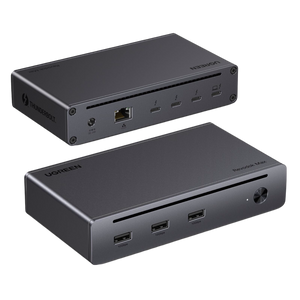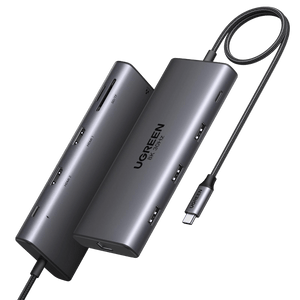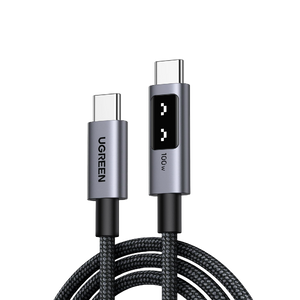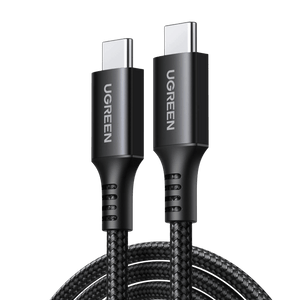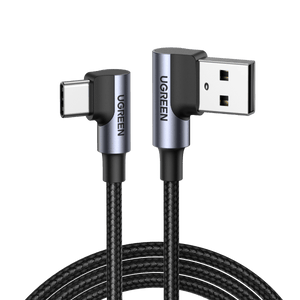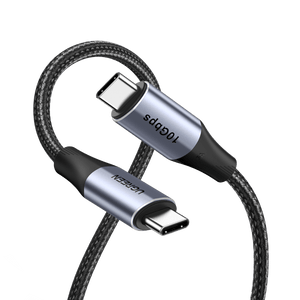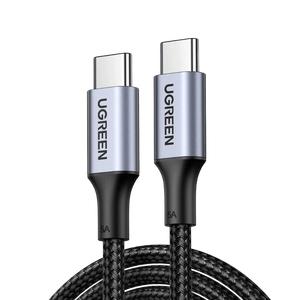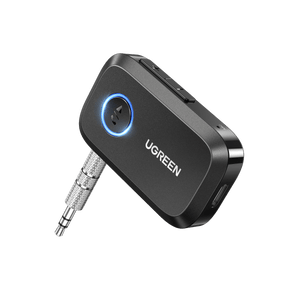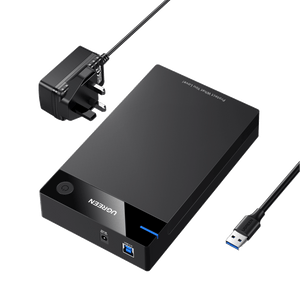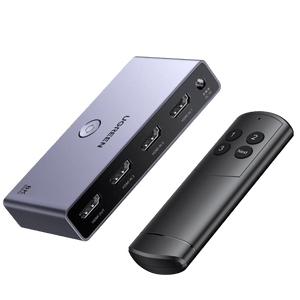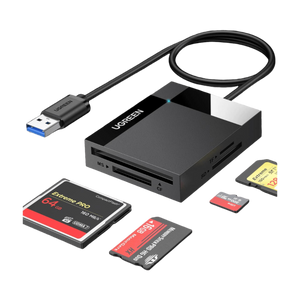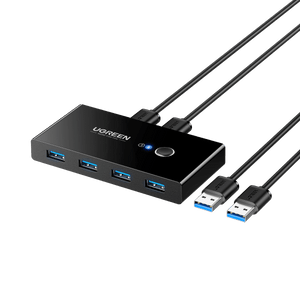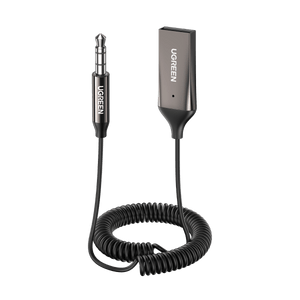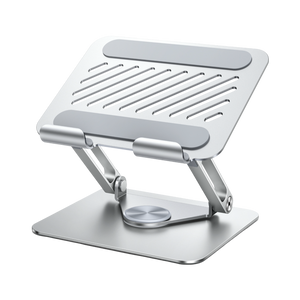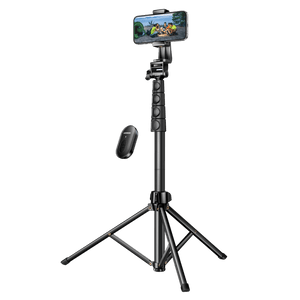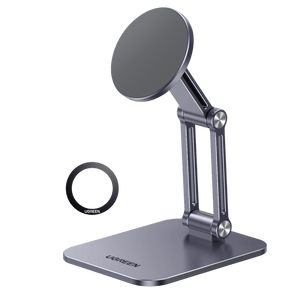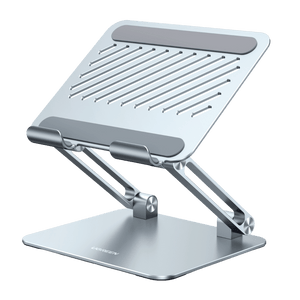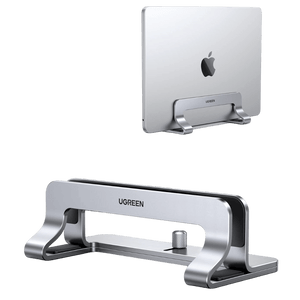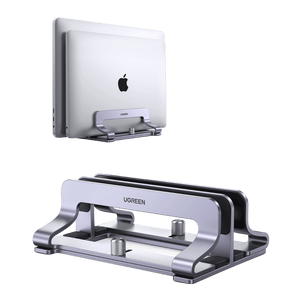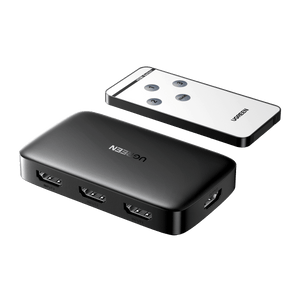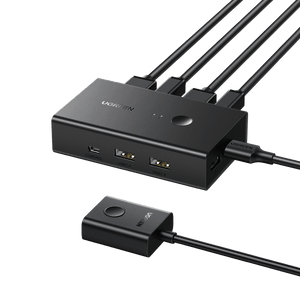How to Prevent Bike Theft: Essential Tips Every Cyclist Should Know
It's a gutting moment walking back from where you chained your bike and seeing only an empty spot. In 2024, over 57,000 bikes were stolen in England and Wales, which is approximately one every ten minutes. This number doesn't even account for cases that go unreported, which could significantly increase the total. For countless riders, bikes are more than just a model of transportation; they symbolize freedom, health, or livelihood. The good news is that most thefts are preventable. You can stay one step ahead with the right locks, routines, and technology. This guide will show you exactly how to lock your bike before someone else can take it.
1. Choose the Right Lock
Most stolen bikes have one thing in common: they were secured with poor or weak locks. Choosing the right lock is not just about cost or weight; it is about giving thieves a reason to move on to an easier target. Use the table below to compare the most common lock types and decide which best fits your riding lifestyle:
| Lock Type | Security Level | Portability | Suitable Scenarios | Advantages | Disadvantages |
|---|---|---|---|---|---|
| Cable Lock | Low | High | Short-term parking, low-risk areas | Physical theft deterrent; easy to install and use; affordable security solution | Easy to cut, not secure in high-risk areas |
| U-Lock (D-Lock) | High | Medium | City riding, universities, public racks | Strong resistance to prying, compact; solid deterrent in urban areas | Can be heavy and awkward to use if not sized correctly |
| Chain Lock | Very High | Low | High-theft areas, long-term or overnight | Nearly impossible to cut with hand tools; highly visible deterrent | Bulky and heavy; not convenient for daily commuting |
| Folding Lock | Medium-High | High | Medium-risk areas, errands, light travel | Compact design; easier to carry; more versatile than a rigid lock | Less protection against angle grinders or power tools than U-locks/chains |
| Wheel/Seat Lock | Low–Medium | Very High | Locking parts like wheels or saddles | Prevents opportunistic parts theft; quick to apply and remove | Should only be used as a secondary lock; provides limited protection overall |
Quick Summary
There is no "one-size-fits-all" solution to bike security.
- Cable locks are great for casual use but should not be relied upon in high-theft areas.
- U-locks are ideal for urban cyclists; they are strong, well-balanced, and hard to pry open.
- Chain locks provide the highest level of security but are best suited for stationary setups due to their weight.
- Folding locks are a decent compromise if you value portability and convenience.
- Wheel and seat locks help prevent theft of individual parts and should be used as a backup.
For optimum security, use two locks of different types, such as a U-lock and a cable or seat lock. This not only secures your bike frame and components but also increases the time and tools a thief would need, making your bike a less appealing target.
2. Locks with Additional Features
The best locks today combine physical strength with smart technology to proactively discourage theft.
Alarm Function
Alarm locks are equipped with a built-in alarm that emits a loud siren, typically exceeding 100 decibels when tempering is detected. Vibration sensors add an additional early warning, making these locks particularly useful in areas with high theft rates.
Bluetooth Connectivity
Smart locks sync with apps to alert you immediately if anybody tries to move your bike. This feature is especially beneficial in busy locations like gyms, stations, or cafes.
Built-in Trackers
Locks with GPS or Bluetooth tracking allow you to track stolen bikes using their live or last known location. This feature is crucial for filing police reports or monitoring resale sites.
Rust and Waterproofing
Choose locks with anti-rust coating and waterproof seals. These features enhance durability and ensure long-term reliability, even in the unpredictable UK weather.
3. Don’t Skimp: Choose Certified, High-Security Locks
A reliable lock is a certified lock. Certification guarantees that a lock can withstand actual theft attempts.
Trusted UK Standard: Sold Secure
Managed by the Master Locksmiths Association, this scheme grades locks from Bronze to Diamond.
- Silver: Suitable for low-risk, standard use
- Gold/Diamond: Recommended for high-risk locations, such as city centre properties
European Benchmark: ART Foundation
This respected Dutch certification system rates locks from 1 to 5 stars. Most insurers typically require locks rated 3 stars and above for coverage.
Insurance Tip
Insurers can reject claims if non-certified locks are being used. A certified lock can reduce premiums and improve eligibility for claims.
s4. Smart Locking Techniques
Even the best lock can be breached if misused. Intelligent locking practices deter burglars or make them search somewhere else.
Lock the Frame and Rear Wheel
Always lock the frame, not just the wheel. If possible, lock both the frame and rear wheel to an inanimate object. Rear wheels are more costly to replace and more tempting to burglars than front wheels. If possible, lock the front wheel as well using a secondary lock.
Keep the Lock High and Tight
Locks should be kept tight and high, not loose and low on the ground. This minimizes the chances of easy access to tools like Jacks or cutting blades. A lock at floor level is also easier to crush with hammers.
Face the Keyhole Downward
Position the keyhole away from plain sight, preferably down or inward. This makes it more difficult for anyone to tamper with it, particularly in dark or crowded places.
Switch Parking Spots Often
To avoid being predictable, vary your parking and locking locations. Burglars often look for patterns, so changing where you park can reduce your risk of being targeted.
These strategies are free, but their value is immense when your bike remains safe where you left it.
5. Using Smart Finder to Prevent Bike Theft
No matter how secure a heavy-duty lock may be, no bike is completely theft-proof, especially against organized or van-based theft. That's where a UGREEN FineTrack Smart Finder can be a lifesaver. This compact tracker uses Apple's Find My network, allowing users to track bikes anywhere there are surrounding iPhones, even if the bike has no internet access.

How the UGREEN FineTrack Works
The Smart Finder connects via Bluetooth 5.0 and does not need to have a stand-alone app installed. All you need to do is simply pair it to your iPhone's own Find My app. If your bike moves outside your set "safe zone" (such as your home or workplace), the tracker will immediately send a left-behind notification. Even if it gets stolen and moved very far away, its location will still update using the global network of Apple devices.

Installation Best Practices
To function efficiently, conceal the tracker discreetly in any of the following locations:
- Inside the bike frame
- Behind the basket or saddle
- Hidden in panniers or behind rear reflectors

Use shockproof straps, pads, or Velcro to prevent the tracker from shaking loose. Avoid placing it close to thick metal or heavy plastic covers that can weaken Bluetooth signal strength. Periodically use the app to check the device; its 2-year battery life (CR2032) means minimal maintenance.
Tips for Daily Use
- Create a number of secure locations (home, office, garage) for customized alerts.
- Within Bluetooth range, trigger the 80 dB alarm to find your bike by sound.
- View location history in the app to monitor last seen locations with ease.
- Combine the Smart Finder with a physical U-lock or chain to enhance both electronic and mechanical security.
In summary, smart tracking complements good locks but should not be seen as a replacement for them.
{{UGPRODUCT}}
6. Where and When You Park Matters
Making safe parking decisions can minimize risk and keep your bike safer for longer.
Opt for High-Visibility, Monitored Zones
Parking your bike in a visible, public location can deter thieves. Areas under the watchful eyes of CCTV cameras, like city centres, shopping areas, or university campuses, have extra security. The more people in the vicinity, the riskier it is for a thief to carry out their act without being noticed.
Avoid Predictable Patterns
Leaving your bike in the same spot for the whole day makes it an easy target. Thieves pay attention to routine. Switch up the parking location or alter your position in regular spots. This randomness can make planning a theft much harder.
Steer Clear of Overnight and Standalone Parking
Bikes left overnight in quiet locations, like alleyways, vacant streets, or unattended racks, are particularly vulnerable. Whenever possible, bring your bike indoors or utilize a locked, secure area. Never assume that a quiet location is safer; it usually is not.
Use Secure Bike Facilities When Available
For added safety, use gated cycle storage sheds, monitored garages, and staffed cycle stops. Many cities, such as London, have dedicated cycle store facilities with secure access controls. Ensure you have safe storage options for your bike at home or work.
7. Record Information + Purchase Insurance (Just in Case It Gets Stolen)
Taking some proactive steps before a theft occurs can significantly aid in recovering your bike or making a claim. Think of it as peace of mind preparation.
Document Your Bike
Start by photographing your bike's serial number, typically found under the bottom bracket or on the seat tube, along with any identifying features like scratches, accessories, or custom paintwork. Also, keep a copy of your purchase receipt. These details can be crucial for police reports and insurance claims.
Register with National Databases
Bike registration by companies like BikeRegister adds an additional level of deterrence. Police agencies scan these databases when recovering stolen property. Don't overlook local council or university initiatives that can speed up the return of your bike if it is recovered.
Buy Bike Insurance
Consider specialist bike insurance that covers theft, vandalism, and even accidental damage. Some policies also include public liability or overseas coverage. Be sure to read the fine print; many insurers require the use of certified locks and specific parking conditions.
Enable Digital Tracking
If you're utilizing a UGREEN Smart Finder or similar tracker, pair it with the Apple Find My app. This provides a virtual paper trail, allowing you to respond quickly if your bike is stolen, increasing the possibility of recovery.

8. What to Do If Your Bike Is Stolen
Even with precautions, bike theft can still happen. Acting smartly and promptly increases your odds of recovery.
Report It Immediately
Contact your local police and report the theft as soon as possible. If available, be prepared to share critical information, such as the serial number, clear images, identifying marks, and any CCTV video. This information not only aids in recovery but is also important for insurance claims.
Alert Your Community
Share details about the stolen bike on social media, local cycling clubs, and platforms like Nextdoor. Include clear photos and descriptions to make it easy. Local citizens can often catch listings or sightings before the police.
Turn on Smart Tracking
If you have a tracker like the UGREEN Smart Finder on your bike, activate Lost Mode via the Find My app. It takes advantage of Apple's global network, allowing nearby iPhones to anonymously report your bike's location, even from a distance.
Monitor Resale Websites
Regularly check resale websites like eBay, Gumtree, and Facebook Marketplace. If you spot your bike, don't go and try to speak with the seller yourself; instead, call the police and seek assistance from the platform.
Final Thoughts
When it comes to bike theft, prevention is your best defence. Using strong locks, practicing good habits, and utilizing advanced tools such as the UGREEN Smart Finder can greatly lower your risk. While recovery is feasible, particularly with today's tracking technology, it's much better to discourage thieves in the first place. Park sensibly, lock your bike securely and be vigilant. By going through these precautions, you'll ride with extra confidence and peace of mind, knowing that your bike is secure each time you leave it behind.
